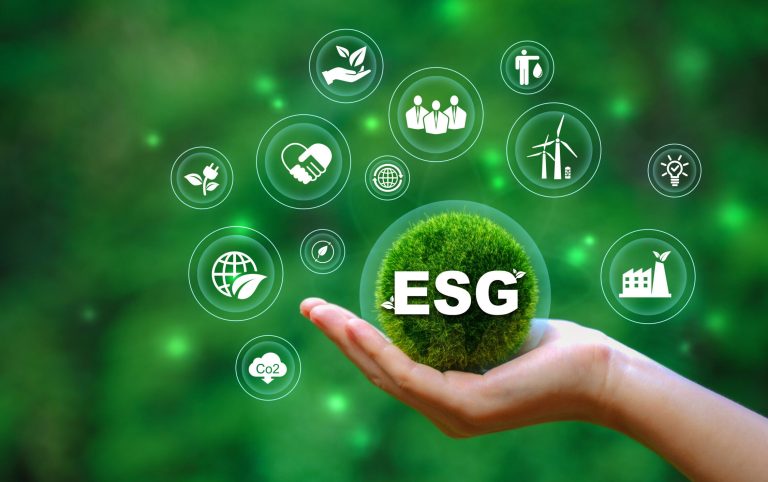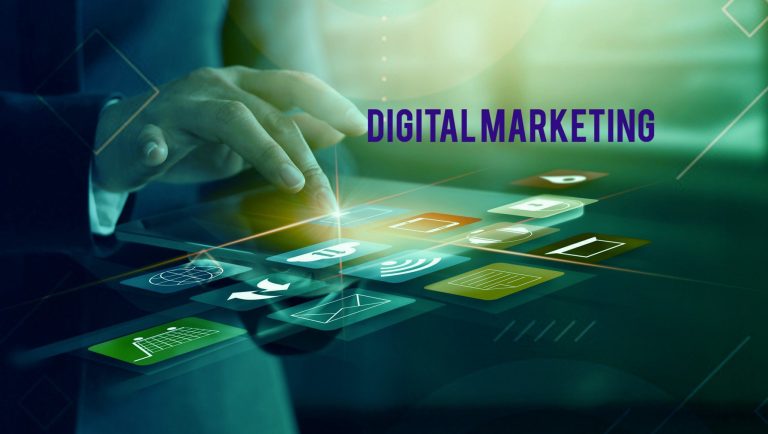
In the brisk business world, the growth marketing approach and demand generation are two vital yet distinct strategies. Both seek to increase sales, attract customers, and extend market coverage, but both do this with different approaches strategies, tactics, and strategies. Knowing how they differ and the ways they complement each other can assist marketers in developing an effective, dynamic growth strategy.
Philosophical Foundations: Experimentation vs Awareness
Growth marketing is built on the rapid development of. It’s about trying out new strategies, whether it’s tweaking the ad’s creative, trying out an entirely new platform or enhancing onboarding processes. Startups may run an A/B testing of headlines on landing pages, or test an influencer campaign of their own by learning quickly and pivoting in response to the information suggests.
Demand generation, on the other hand is focused on generating brand recognition and awareness. Instead of pivoting swiftly it is more measured and driven by content. It is possible for a B2B firm might create a webinar series for educational purposes to establish itself as an authority on the subject in the hopes of slowly attaining and retaining potential buyers.
In a world where growth marketing focuses on the disruption and repetition demand generation is more focused on education and branding.
Scope of Engagement: Holistic vs Funnel-Driven
Growth marketing is a comprehensive approach to the customer journey from acquisition to activation retention, activation, and referral. It’s more than just getting users to sign up and maximising their value and encouraging users to share the message. For instance the SaaS business might improve the onboarding process, or even launch an incentive program for referrals to increase the engagement of customers and retain them.
Demand generation focuses on the upper and mid-level of funnel. Its purpose is to build excitement, establish trust and nurture lead until the leads are ready be passed to sales or incorporated to lead-generation workflows.
Growth marketing focuses on the entire process of growth; Demand generation is focused on bringing prospects to the sales funnel.
Tactical Execution: Iterative vs Structured
Growth marketing is strategic and flexible. Marketers try small-scale projects and analyze the results quickly and change their strategies in real time. A social media campaign that is paid for could be launched, analyzed within days and then revised according to the performance indicators. The speed and flexibility are key concepts.
The process of generating demand is much more planned. Campaigns are generally planned in advance. Blogs, social material, drip emails and webinars are laid out to run in a coordinated manner over months or weeks. The goal is to create regular engagement, and helping prospects to conversion over time.
One is reactive and iterative The other is more systematic and steady.
Metrics That Matter: Growth Loops vs Lead Flow
Growth marketing evaluates success using the use of scalable indicators such as customer acquisition costs (CAC) and the lifetime value (LTV) and churn rate viral coefficient, as well as retention metrics. The goal is to create loops for growth with sustainable models for expansion.
Demand generation is centered around funnel metrics like website traffic, downloads of content Marketing-qualified leads (MQLs) as well as open and click rates for emails. The aim is to guide more prospects through the first stages of the buyer’s journey.
Growth marketing tracks the growth of the system Demand generation is a measure of pipeline growth.
Audience Approach: Users vs Prospects
Growth marketing usually is a collaboration with existing customers and leverages them to help drive further expansion. This may include product-driven strategies for growth such as cross-selling, upselling, or enticing referrals.
Demand generation is aimed at new and often inexperienced audiences. These are potential customers who are yet to connect with your brand and require information and experiences that explain your proposition value and start building trust.
Growth marketing is a way to engage with existing groups to increase the growth. Demand generation is a strategy to draw and educate new customers.
Resource Dynamics: Lean vs Layered
Growth marketing tends to be slim, focusing on inexpensive, high-speed and low-cost initiatives. Small teams can be quick to execute, testing an $50 Instagram ad or adjusting the mobile experience for onboarding without huge budget commitments.
Demand generation is generally more intensive in terms of resources. Creation of content, paid campaigns and strategic planning usually require larger teams of cross-functional experts that include designers, writers and marketing operations. The returns typically happen with a longer time.
One thrives on speed and has minimal overhead. The other is focused on strategy and execution.
Brand Influence: Experience vs Perception
Growth marketing directly influences the user experience. By enhancing onboarding and reducing churn points or by incorporating features that are based on feedback, it can improve the relationships customers feel to the item. This can lead to greater customer loyalty and word-of-mouth.
Demand generation is based on the external perception of how the brand is perceived in the marketplace. It is designed to establish credibility and trust by providing high-quality information, educational events or reports on industry trends. It doesn’t alter the product, but instead develops the story around it.
Growth marketing increases the use of products Demand generation improves brand image.
Strategic Synergy in Practice
Though they’re distinct both are important, both are best used in conjunction. Demand generation raises awareness and attracts an audience that growth marketing will then mobilise, engage and grow.
For instance an B2C brand could run demand generation campaigns via social media to increase registrations, and then employ strategies for growth such as onboarding optimization or referral incentives to increase signups and more extensive user acquisition.
A B2B business could host an online demand generation event to draw in new clients which is followed by growth strategies for marketing such as email messages after the event as well as feedback surveys. customized follow-ups to increase retention and encourage advocacy.
One feeds the funnel, the other helps to fuel the funnel’s momentum.
In line with the The Business Stage as well as Goals
The size of your company, its stage, and objectives help decide which strategy to use:
- Startups can heavily rely on growth marketing in order to determine if their product is market suitable and quickly scale up with the resources they have.
- Established businesses with a solid image may be able to spend more on demand generation in order to generate continuous quality, top-quality lead flow.
Your goals are as important as your specifics. Are you looking to increase your user base by 10x? Growth marketing can help. Do you want to create an inventory of sales? Demand generation is the way to go. Most often, companies benefit by a combination that is suited to their current situation and where they’d like to move.
Crafting a Tailored Approach
For the best results begin with an outline of your journey. Find out where your customers are slipping away or aren’t aware of. If you’re having trouble gaining visibility start demand generation initiatives such as blogs as well as paid advertisements, or webinars. If your retention or the rate of virality are low, try growth experiments – UX modifications, referral programs or loyalty programs.
Develop strategies for testing in parallel. Keep track of the KPIs of both. A lot of blog traffic, but a low conversion? Include a growth component. High referral rates, but not many new users? Layer in demand gen.
Make the mix more efficient based on results, not on the assumption.
Optimizing for Sustained Impact
When used in conjunction, growth marketing combined with demand generation make a formidable full-funnel motor. Demand generation sets the stage with a keen eye and an interest while growth marketing leverages the power of engagement to create rapid, sustainable growth.
In 2025’s highly competitive and technologically driven environment Understanding and blending these methods will ensure that your marketing not just expands but also changes, evolves and grows over the course of.




